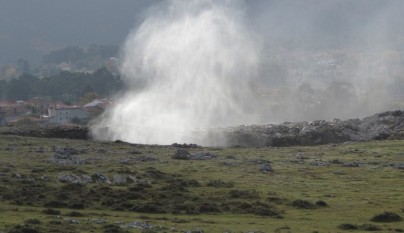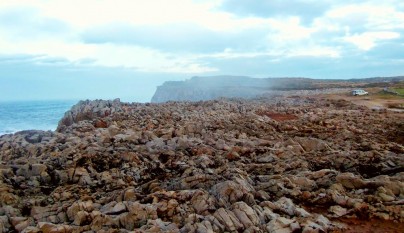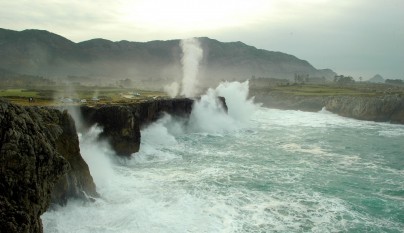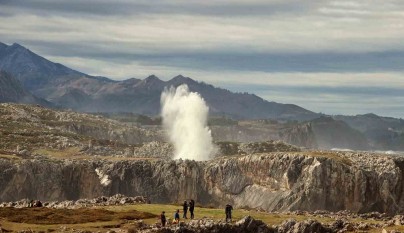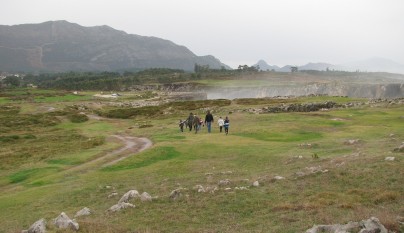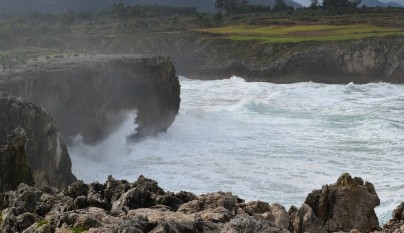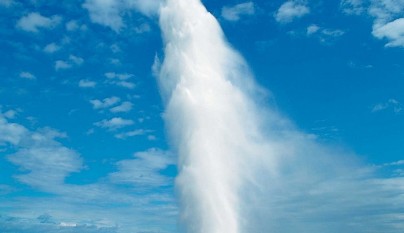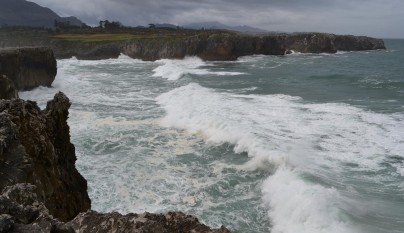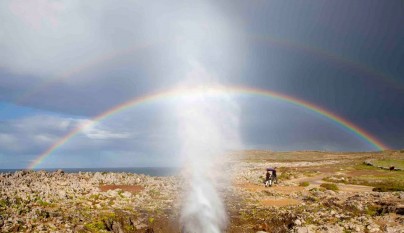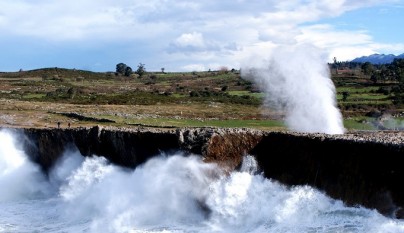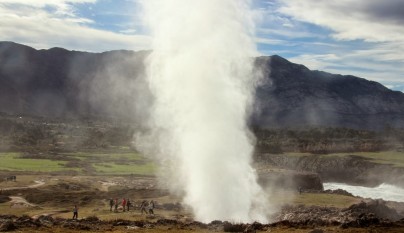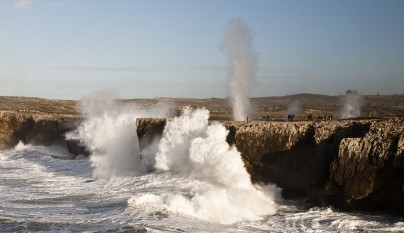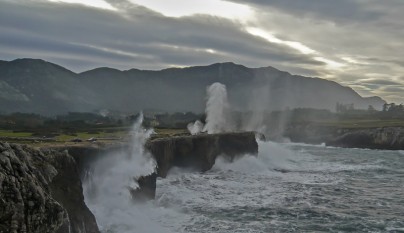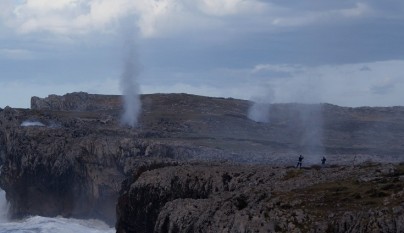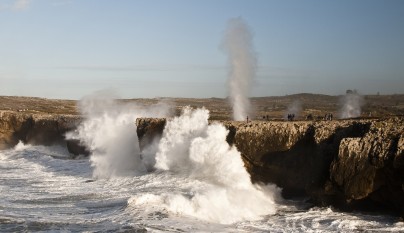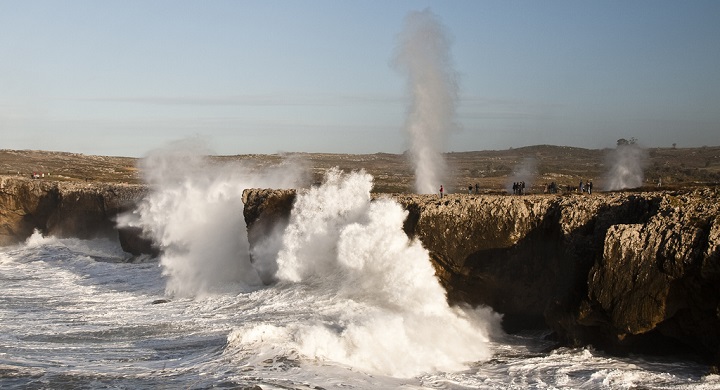
Fortunately, we do not have to leave our borders to discover amazing corners. And it is that in our country we can find everything that any tourist would like to have: beautiful natural landscapes , paradisiacal beaches, historical monuments, a great cultural wealth, an exquisite gastronomy …
One of the great treasures of Spain is Asturias, a community capable of bringing together a great diversity of landscapes, traditions, history and cultural manifestations. Today we want to tell you about one of its most surprising and beautiful corners. We are referring to the Bufones de Pría , located in the town of Llames de Pría, belonging to the Council of Llanes. Would you like to know more details about this impressive phenomenon of nature? Well then you can’t miss anything that we tell you below!
Jesters
Before talking about this spectacular natural space in Asturias, we want to explain what the buffoons are. Thus, they are karst formations characterized by having a vertical hole a few meters from the edge of a limestone cliff , communicating with the sea in the lower area. The surprising thing about these formations is that, when the tide rises and the waves beat strongly, a jet of sea water is ejected upwards, causing a very characteristic noise that can be heard for miles. In addition, the columns of water can reach 10 meters in height.
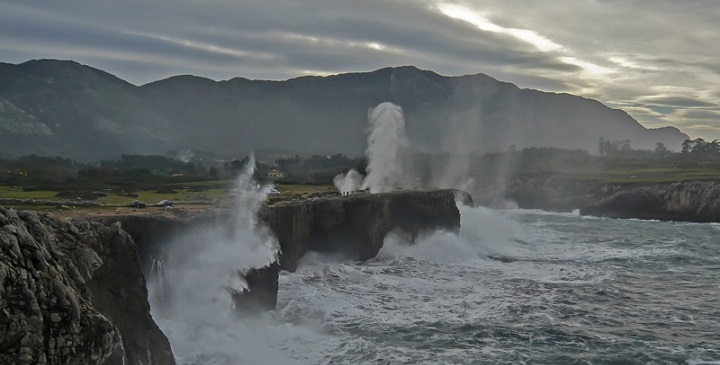
The Route of the Jesters of Pría
As we told you at the beginning, the Bufones de Pría are located in Llames de Pría, being considered the most western group of jesters in Asturias. The visit to this place is highly recommended. Of course, if you like hiking we advise you to do the so-called Ruta de los Bufones de Pría or PRAS 57. This small circular route goes from Guadamía beach to Cuevas del Mar, where you can find an area of cliffs full of jesters. Of course, you must bear in mind that although this is where most of these karst formations are concentrated, the largest jester is in the Vidiago area. We refer to the Jester of Arenillas . In addition to contemplating a natural landscape of great beauty, during the route you can enjoy the sighting of seabirds such as seagulls or cormorants, as well as other small birds that inhabit the scrubland and grassland, among which the common stonebird or the redstart blight. In addition, you can find periwinkles, sea urchins, mussels, starfish or anemones, among other invertebrates.
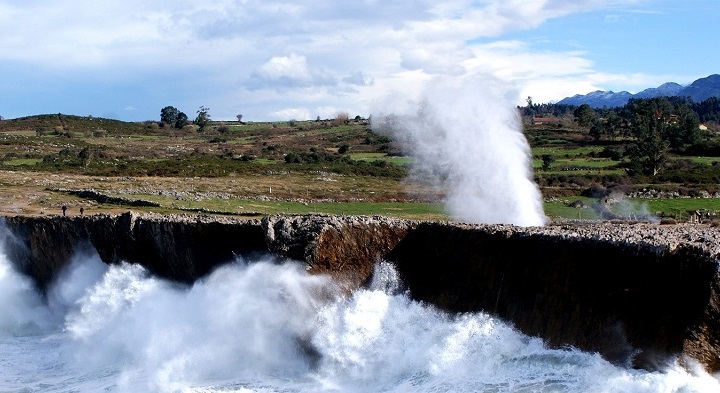
Tips to see the Jesters of Pría
The spectacle provided by the jesters is very similar to that provided by the geysers . Of course, you should know that it is more likely to contemplate them during the coldest time of the year, that is, in autumn and winter, which is when the sea is strongest and, therefore, expels jets of water. If you have the opportunity to see this wonder of nature, we recommend that you keep a certain distance, since the water can shoot out unexpectedly and at high pressure, carrying algae, stones or wood, among other elements. Also, it is best not to look over the cliff, as it is a cracked ground and it could give way at any moment. On the other hand, it is important that you bear in mind that it is recommended to do this excursion without children. If you do, you should keep them under control at all times, as it can be quite dangerous. Then we leave you with our gallery , where you will find more beautiful images of the Jesters of Pría. Do not miss it!

